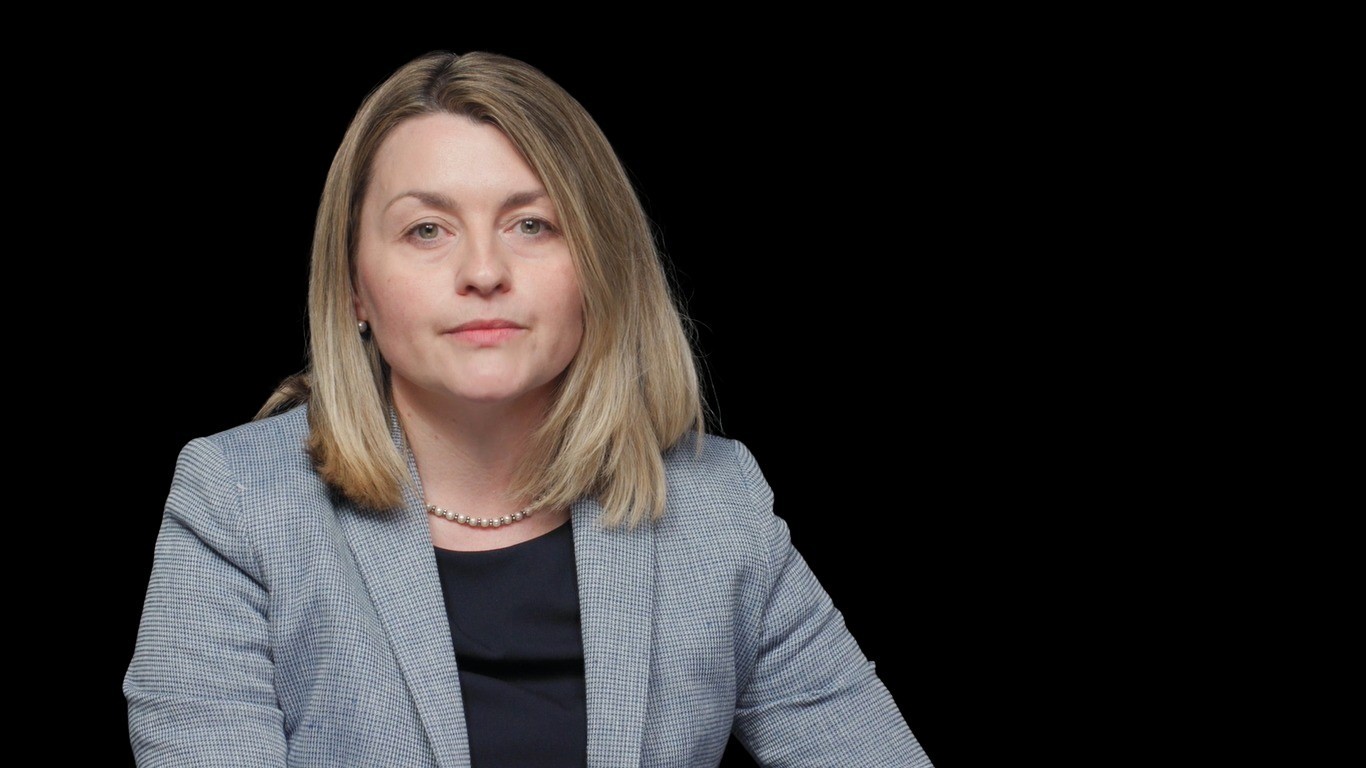
What is Money Laundering?

Jodie Toporowski
Director
The term ‘money laundering’ describes the process which effectively turns ‘dirty’ money (obtained illegally) into what appears to be money from a legitimate or ‘clean’ source. In this video, Jodie explains what money laundering is and how it is combated.
The term ‘money laundering’ describes the process which effectively turns ‘dirty’ money (obtained illegally) into what appears to be money from a legitimate or ‘clean’ source. In this video, Jodie explains what money laundering is and how it is combated.
Subscribe to watch
Access this and all of the content on our platform by signing up for a 7-day free trial.

What is Money Laundering?
5 mins 6 secs
Key learning objectives:
Define money laundering
Be able to explain how criminals launder money
Identify at which stage money laundering is easiest to detect
Overview:
The United Nations Office on Drugs and Crime estimates the amount of money laundered globally in one year is 2 - 5% of global GDP, or $800 billion - $2 trillion in current US dollars. Due to the nature of money-laundering, it is however difficult to estimate the total amount of money that goes through the laundering cycle. Money Laundering is the criminal act of changing the identity of illegally obtained money so that it appears to have originated from a legitimate source. Money laundering tends to consist of three stages: Placement; Layering; and Integration.
Subscribe to watch
Access this and all of the content on our platform by signing up for a 7-day free trial.
What is Money Laundering?
Money Laundering is the criminal act of taking money derived from criminal activity (‘dirty money’) and making it appear that it has come from a legitimate source – effectively cleaning the money. This is achieved by the criminal disguising the true ownership and origin of the proceeds from their criminal activities. The objective for them is to keep control over these proceeds and ultimately to provide what appears to be a legitimate source of income.
How do Criminals Launder Money?
The most sophisticated money laundering process is likely to comprise of three stages:
- Placement - The first stage involves converting ‘dirty money’ which directly proceeds from a crime into another asset unassociated with the crime. After placement the ‘dirty money’ is no longer in the form of cash. For example, buying an expensive car with the proceeds of crime in cash.
- Layering - Layering helps to further obscure the proceeds of crime origin by passing through complex transactions. This can involve different entities and takes place in lots of jurisdiction. Detection at this stage is more difficult and provides anonymity.
- Integration - Once the layering stage is achieved, the criminal will then seek to mix the laundered funds into the legitimate financial system. This stage provides the ‘dirty money’ with apparent legitimacy which is then free to move within the economy.
At which stage is money laundering the easiest to detect?
The ‘Placement’ stage is the easiest point to detect money laundering. In view of this, regulations focus on the procedures adopted by deposit takers (such as High Street Banks, Building Societies and Insurers) increasing emphasis has been placed on the importance of checking customer identity and awareness of unusual transaction patterns.
Subscribe to watch
Access this and all of the content on our platform by signing up for a 7-day free trial.

Jodie Toporowski
There are no available Videos from "Jodie Toporowski"



























